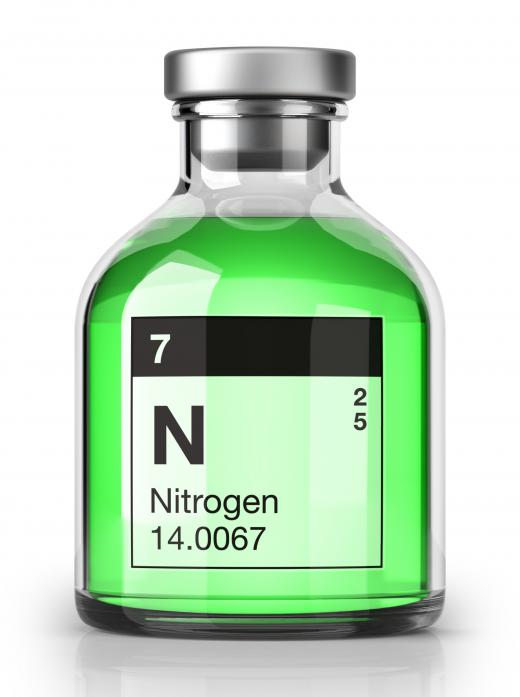What is the Difference Between Cryonics and Cryogenics?
 Michael Anissimov
Michael Anissimov
Cryogenics is the scientific study or production of extremely low temperatures (below –150 °C, –238 °F or 123 K), whereas cryonics is the low-temperature preservation of humans quickly after the cessation of heartbeart in an anticipation of future survival.
Low-temperature science is very important to various domains of technology: during WWII, it was found that metals cooled to extremely low temperatures were more durable in the field, a process called cryogenic hardening. Liquid nitrogen was then, as it is now, the most commonly used cryogenic agent, as it has a temperature below −320 °F (−196 °C, 77 K). When even lower temperatures are required, liquid helium is used, with a temperature below 3 K.

Cryogenics has many practical applications: in preserving food products or biological samples, blocking water flow in pipes so they can be worked on, in areas where a tap is inaccessible, a coolant for extremely sensitive sensors or overclocked computers, cooling medium for machining certain alloys, and cryotherapy such as removal of warts. Cryonics is also an application of cryogenics, but the two are certainly not the same.

Cryonics is popular in the futurist community as a method of preservation for possible future revival. In common wisdom, it used to be when the heart stopped, a person was defined as dead. But modern medicine allows the revival of those with stopped hearts, so the definition of death has generally been redefined as the cessation of brain activity. Cryonics advocates take this a step further, stating that if the pattern of our neural interconnections (which encodes our personality, memories, emotions, everything) are frozen at extremely low temperatures, then they will not degrade, and the person should not be defined as "dead" per se. Given sufficiently advanced technology, the patient could be warmed up to room temperature and their metabolism rebooted.

There are examples of this in nature: certain frogs can freeze solid during the winter and come back to life during the summer. The cryonics process has been developed such that expanding ice crystals are not an issue: a process called vitrification completely avoids the creation of ice, using flash-freezing, the brain becomes frozen in a plastic-like substance.
Whether or not cryonics ultimately works remains to be seen. But for now: make sure you know the difference between cryonics and cryogenics.
AS FEATURED ON:
AS FEATURED ON:














Discussion Comments
@strawCake - Yeah, I believe the first person to be cryonically frozen was actually sometime in the 80's. If I remember right, it was a family member of one of the people that runs a cryonics company.
I kind of have mixed feelings about this. I mean, no one is making any of the people who are frozen do this. They do it voluntarily. But I don't really think that there is much hope of ever "waking them up" in the future. So it kind of seems like they are paying a lot of money to be interred in a really weird way.
@backdraft - It's actually an urban legend that Walt Disney was cryonically preserved. However, Ted Williams was! (I just did a little research online because I was so curious.)
I had no idea that people actually do this, but it can be done. However, there is one catch at the moment-the cryonic freezing process isn't reversible yet. So you're pretty much gambling on the fact that you may be able to be unfrozen at some point in the future if you do this. And, it is quite expensive. I believe it costs a few hundred thousand dollars to have your whole body cryonically preserved.
I have heard of people having just their heads frozen for possible reanimation at a later date. I think they did this with Walt Disney and maybe a famous baseball player, Joe DeMaggio or Ted Williams maybe.
Does anyone know if this is true and if there is anyway they could do something with just the head? Does it have to do with keeping the brain intact?
I've always been really interested in the idea of cryogenics, particularly the idea that they could freeze my body and then thaw me out when science has advanced enough to extend my life for much much longer.
What I like so much about this idea is that it both makes a lot of sense and sounds totally wacky at the same time. Freezing is a great method of preservation and if none of your tissue has broken down it makes some kind of sense that they could reanimate it at some point. But on the flip side thinking about being frozen for years or even centuries and then coming back to life sounds like something from a bad science fiction novel. Time will tell I guess. If the science is there to make it work someone will figure it out.
I love wisegeek. I've consulted it for numerous school projects.
This is a very good article that answered my questions on the subject of cryogenics and cryonics.
Post your comments